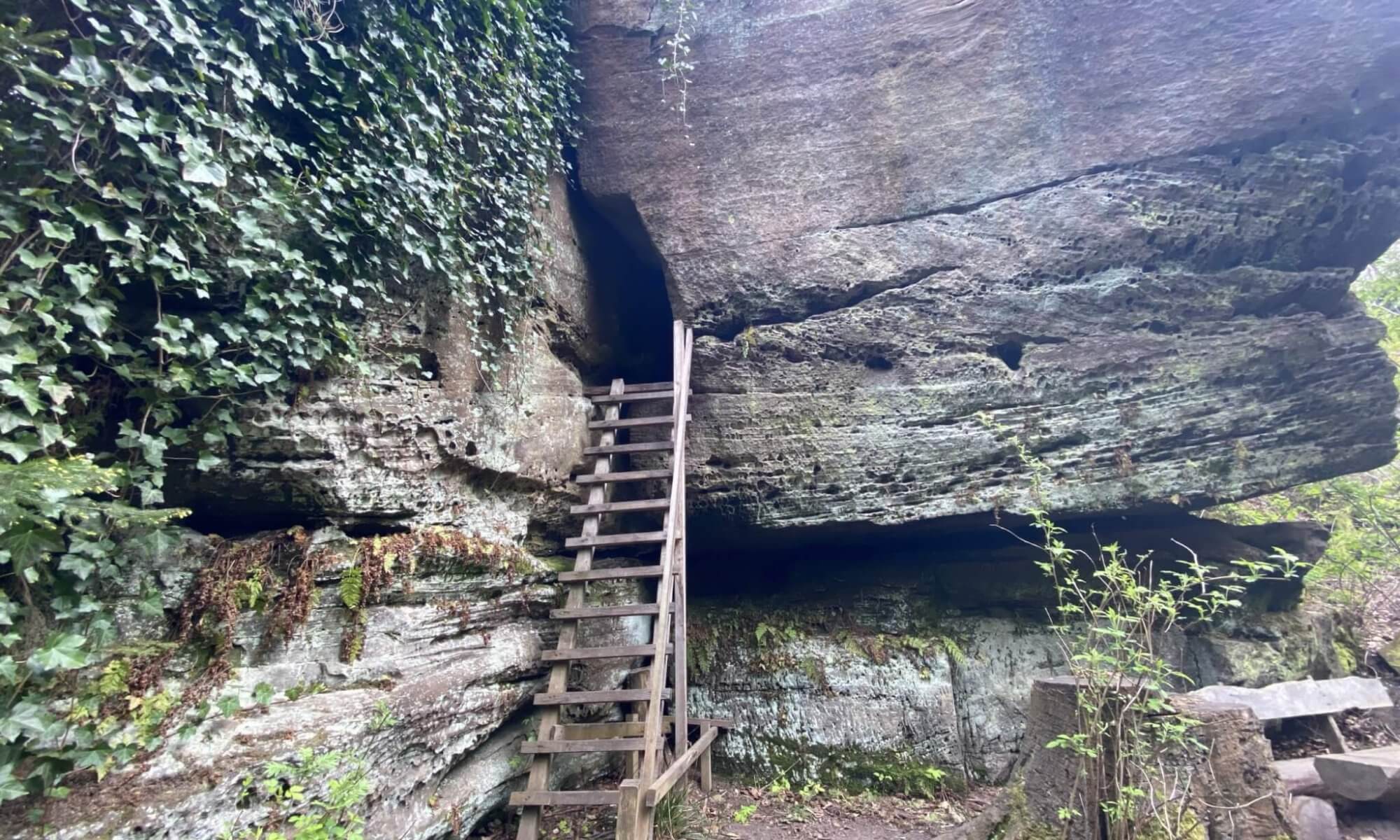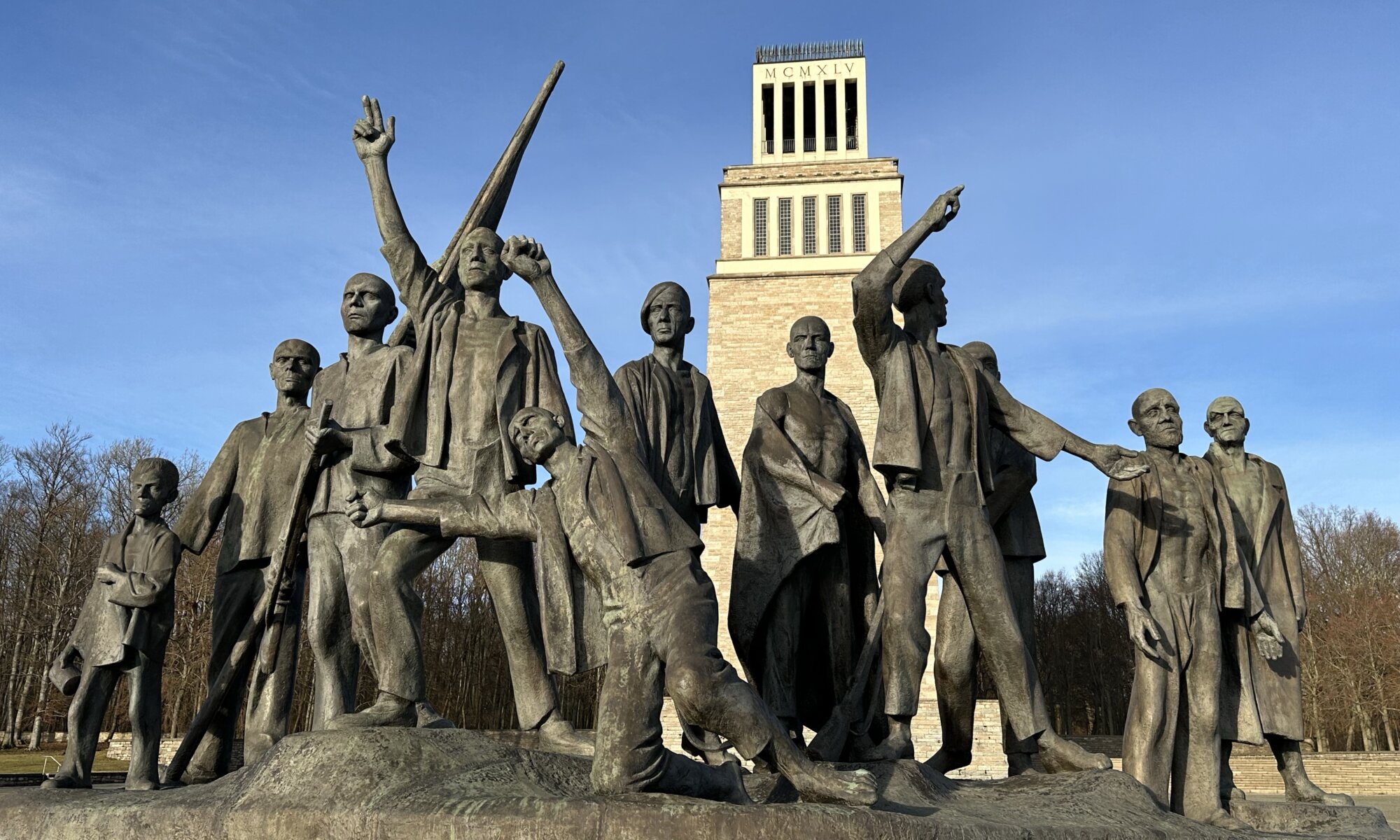German fascism created an extensive network of concentration camps, extinction camps and forced labor sites. Jewish citizens, political opponents, prisoners of war, homosexuals, disabled persons, Sinti and Romani people suffered and died because of the ideology of the German Nazi party supported by the German people. The three major concentration camps on German soil are Dachau (close to München), Sachsenhausen (close to Berlin) and Buchenwald on the Ettersberg mountain close to Weimar.
Between 1937 and 1945 the camp was inhabited by 277,800 inmates from 50 different countries: 249,570 men, 28,320 women. 30,000 minors were incarcerated there, the age of the inmates varied between 2 and 86 years. Even though Buchenwald was no extinction camp 56,000 humans died in this concentration camp because of the bad conditions and executions. Well-known inmates were politician Rudolf Breitscheid, industrial Fritz Thyssen, French prime minister Léon Blum, communist Ernst Thälmann and theologian Dietrich Bonhoeffer. The Nazis called this camp beech forest (‘Buchenwald‘) and deviated by that from their normal naming conventions; they didn’t name it Ettersberg (like the mountain) or Weimar (like the next city) because both places are connected to national poet Johann Wolfgang von Goethe whom the Nazis cherished.
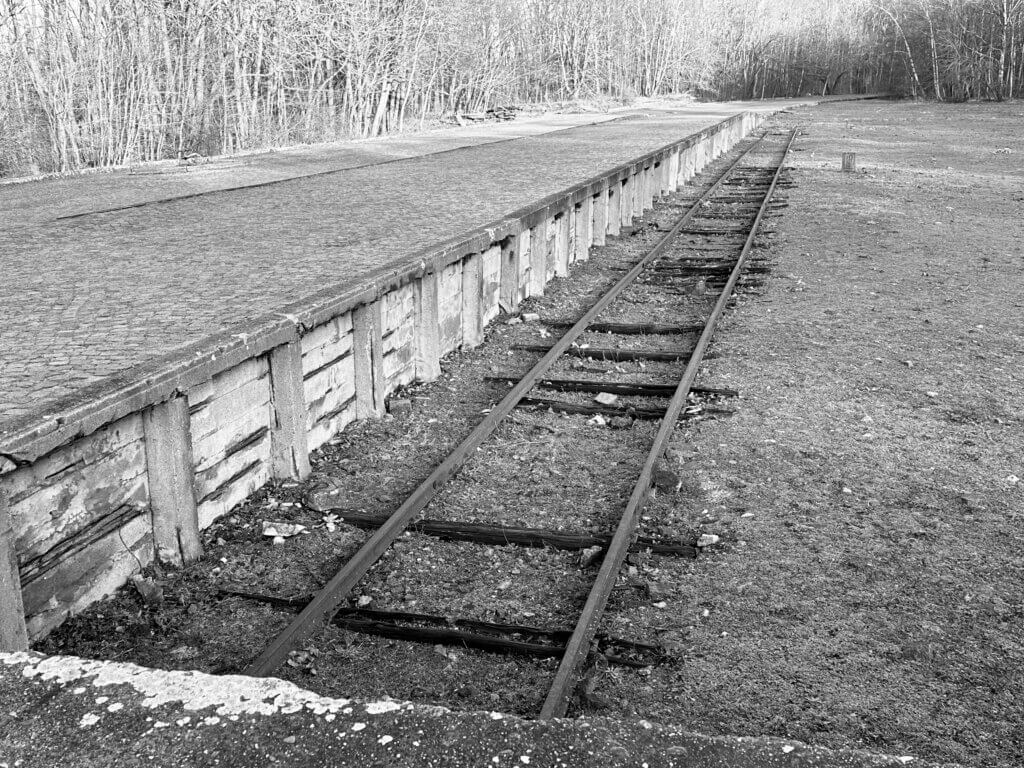
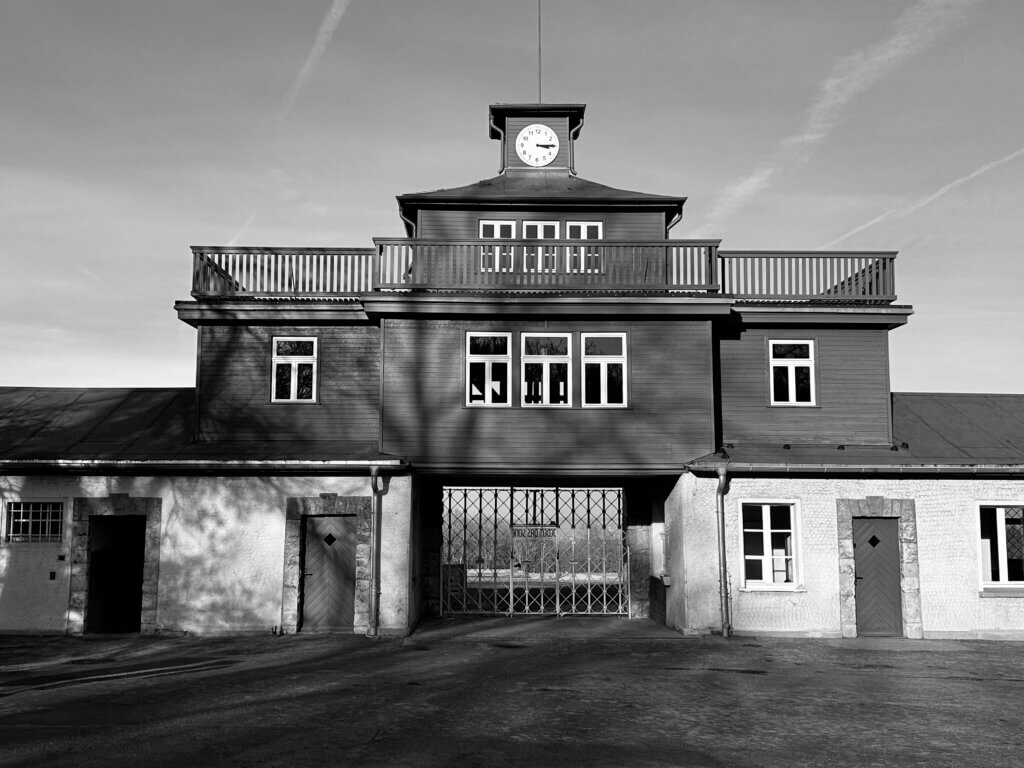
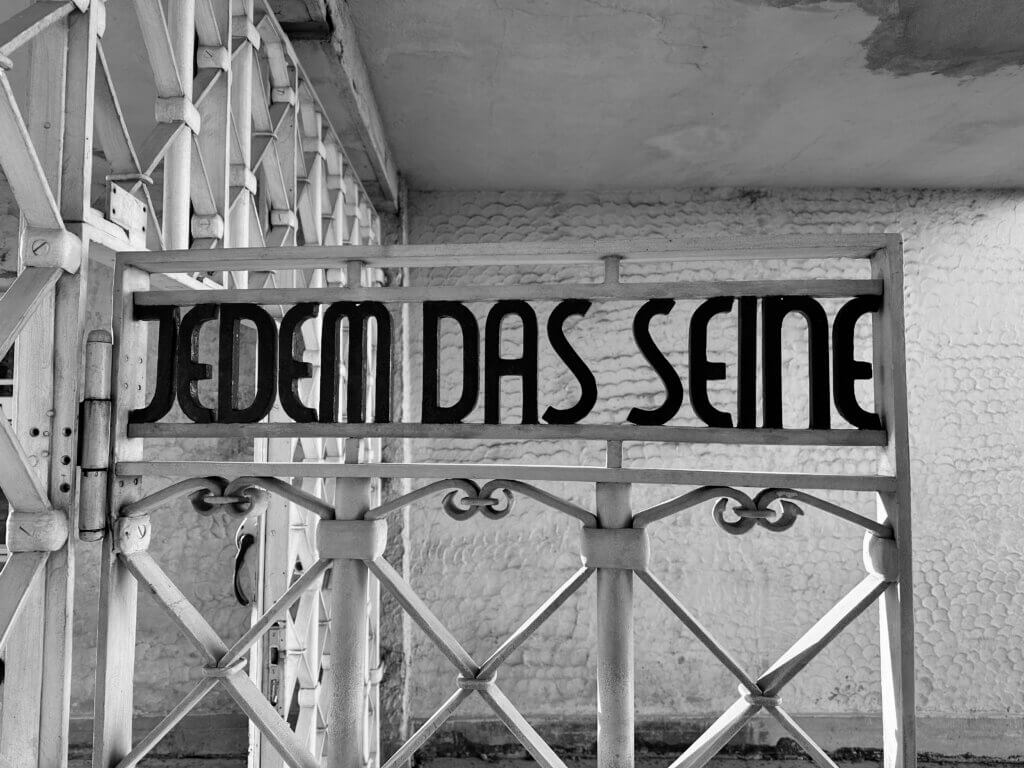
The inmates were forced to work in weaponry production sites close-by or in a quarry. But the Buchenwald camp also created 37 subcamps spread across a large region: even in my hometown Göttingen (125 kilometers afar) the SS-Kavallerieschule at the city quarter Weende was built by inmates of Buchenwald (today the building is part of a hospital, the Evangelisches Krankenhaus Weende). Buchenwald was also a place that was used for medical experiments, especially with infectious diseases.
The concentration camp is connected to the city by a road (the Blutstraße or blood street and still called like this today) and the ten kilometers long railway track Buchenwaldbahn built by inmates connecting the camp to the Weimar railway station. People arriving at the railway station of the concentration camp had then first to pass the main camp gate with searchlights and a clock on top – it is stopped at 3:15 pm, the time when the camp was liberated in 1945. The camp gate also contains cells and at the gate itself the words ‘Jedem das Seine‘ (each to his own) are written.
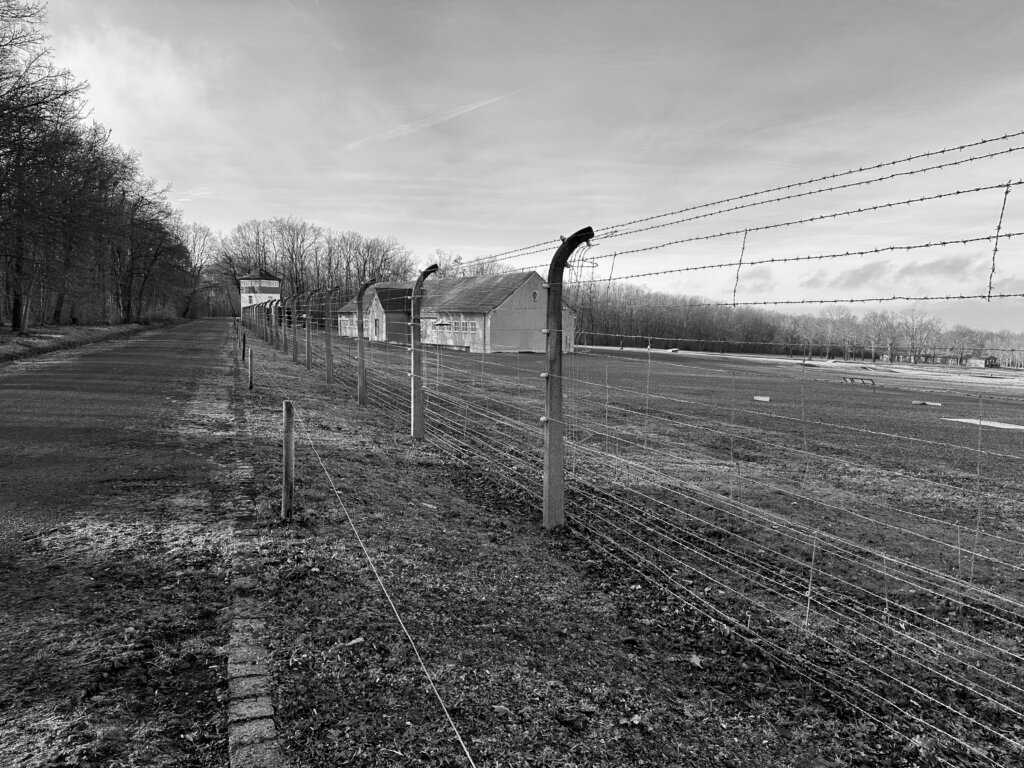
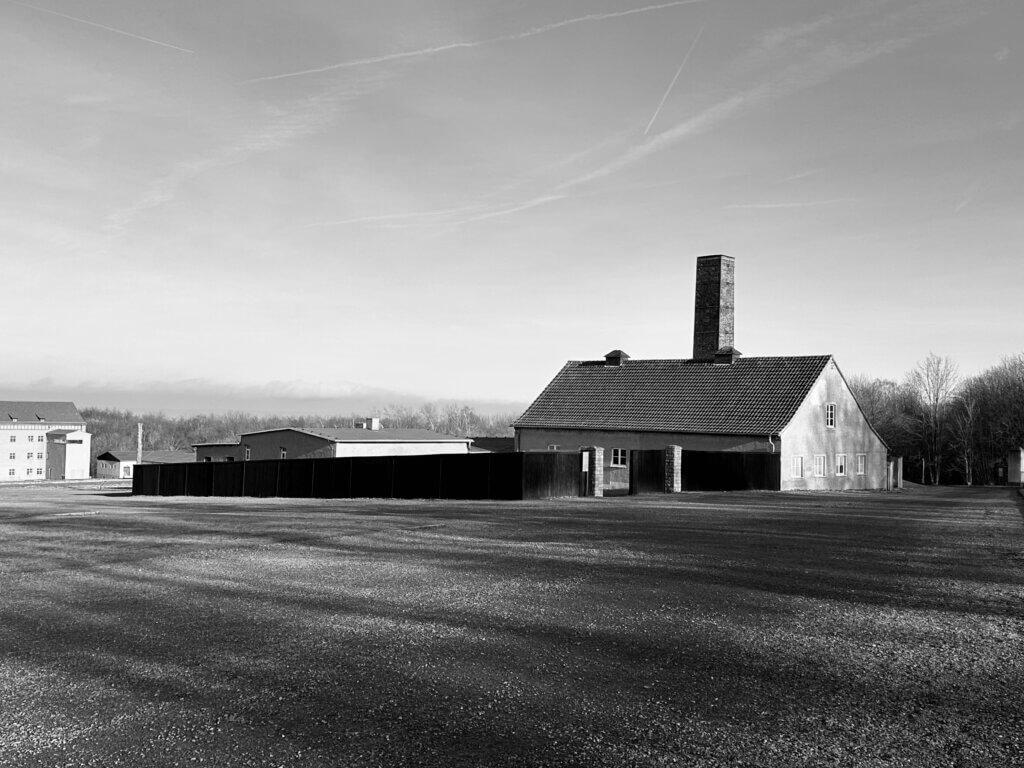
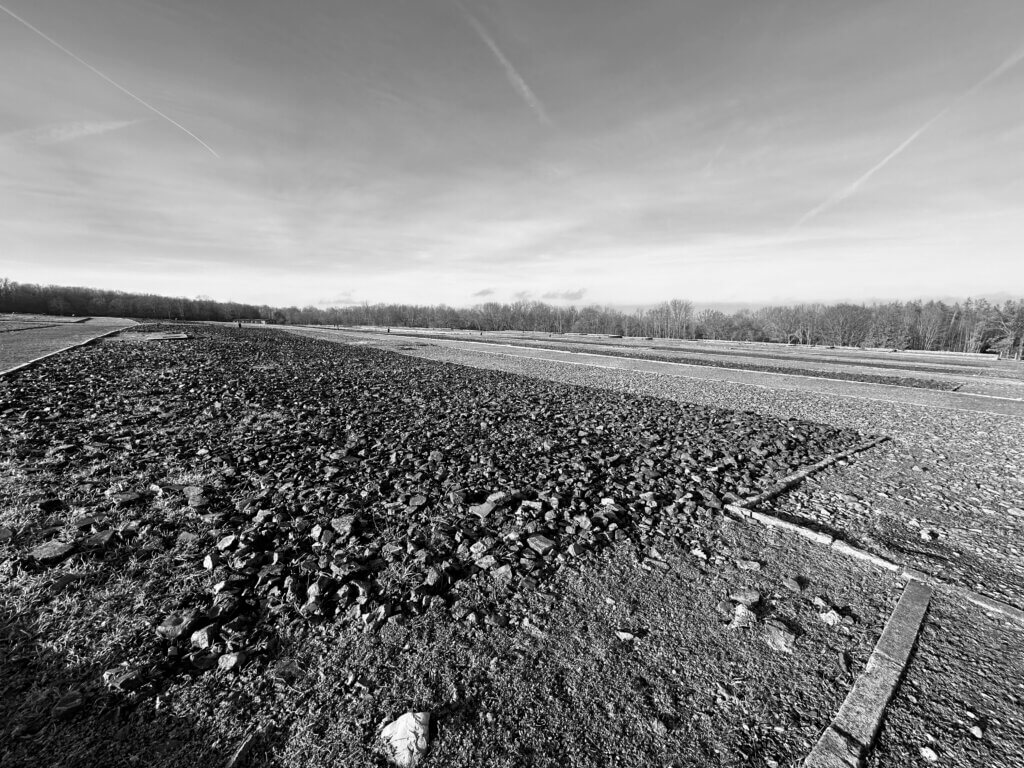
But that is not the most perfidious element of the camp: next to the barb wire the SS had also created its own zoological garden and visited it frequently with family and friends. On the one side humans behind barb wire, on the other side bears behind bars. Let’s not speak about the brothel that the Nazis operated on site. When the Soviet army came closer in 1945 the extinction camp Auschwitz and the concentration camp Groß-Rosen were ‘evacuated’ and the inmates sent to Buchenwald on so-called Todesmärsche (death marches). Who tried to flee or was too weak to continue was shot immediately.
In 1945 the US army approached Buchenwald and the SS sent 28,000 inmates towards other concentration camps. They tried to vacate the entire camp but the inmates had created a resistance organization slowing down this process. The inmates had organized themselves and already gathered weapons, but they were insufficient to take over control. Therefore they contacted the US army and when it arrived they captured 125 wardens and ensured that the other inmates couldn’t be used as human shields.
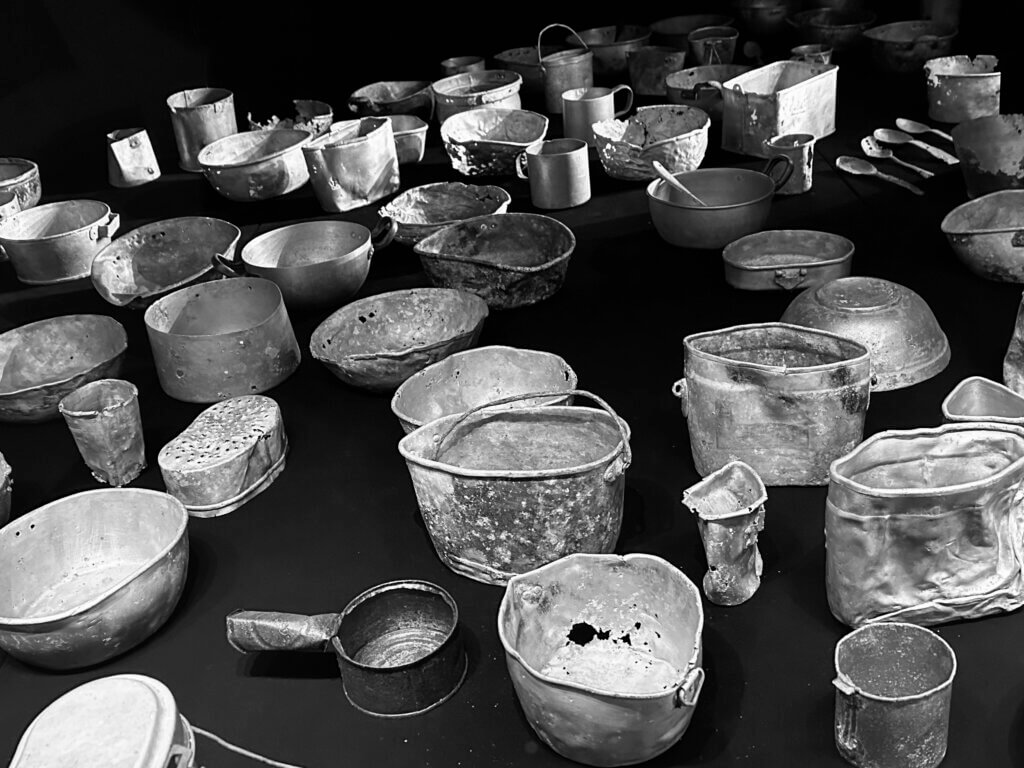
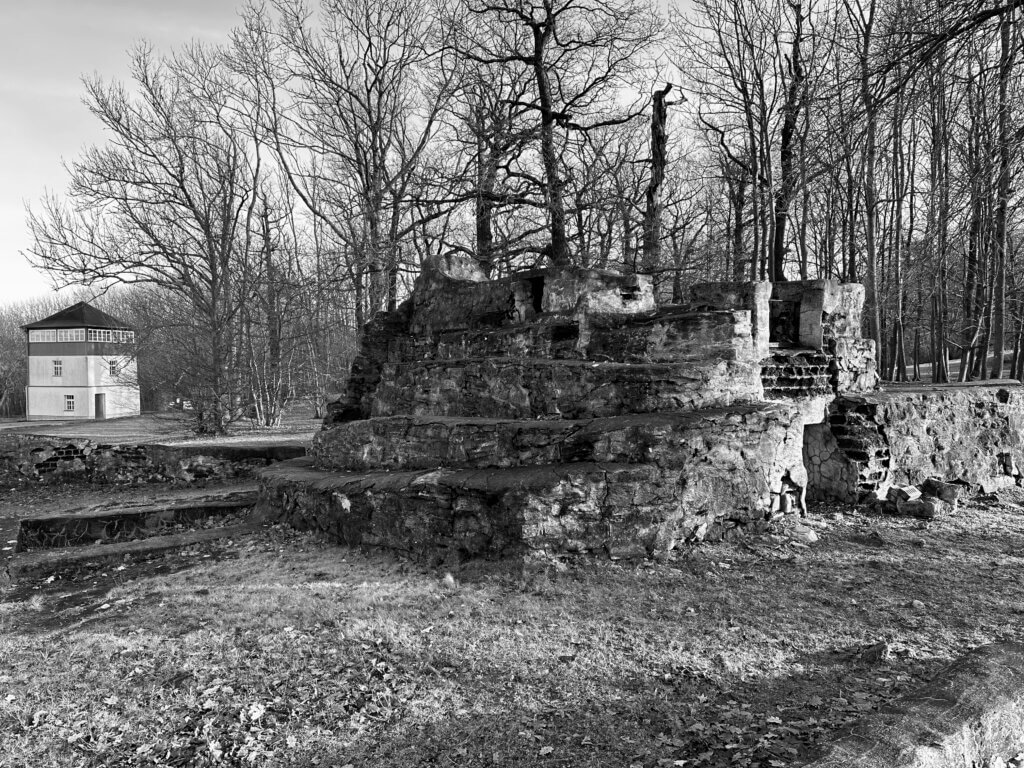
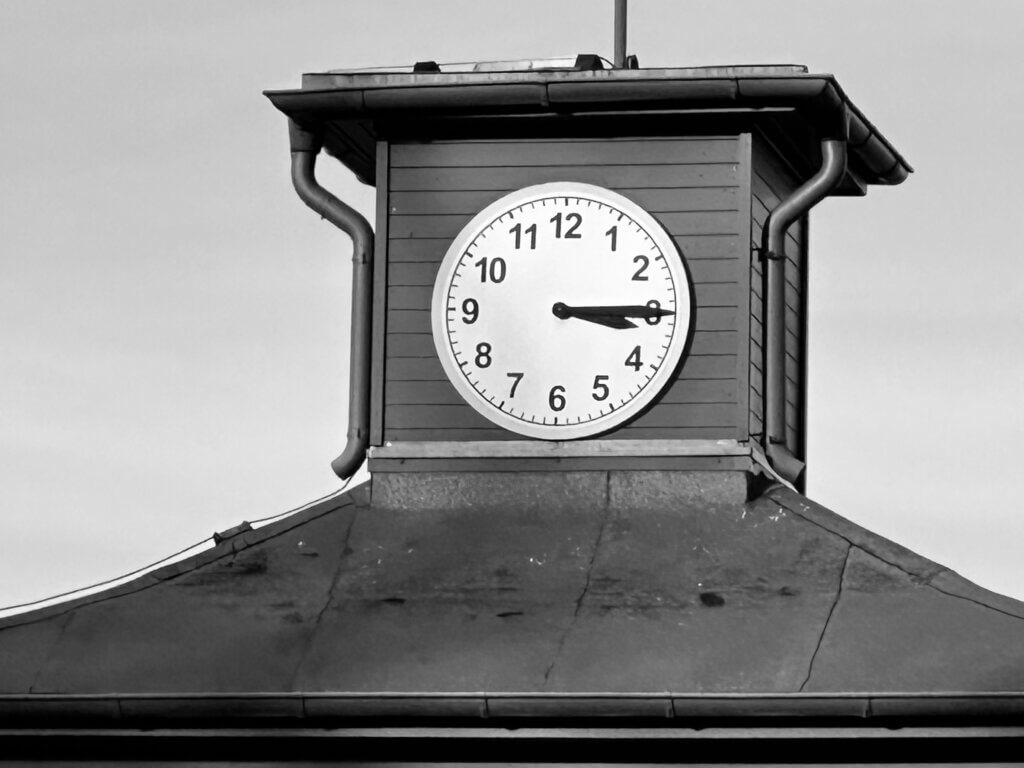
As many political prisoners from different organizations were inmates, several resolutions were published after liberation. Most famous is probably the Oath of Buchenwald: ‘We will take up the fight until the last culprit stands before the judges of the people. Our watchword is the destruction of Nazism from its roots. Our goal is to build a new world of peace and freedom. This is our responsibility to our murdered friends and their relatives‘. In 1947 a US ‘court-martial’ at Dachau cared about the organizers of this concentration camp at the Buchenwald trial. Only 31 Nazis had to defend in this trial, 22 were sentenced to death.
Today the Ettersberg is an important place to remember the victims of Nazi Germany. You can visit the concentration camp as well as the memorial created by the government of the GDR (because Buchenwald became part of the Soviet occupation zone). The concentration camp grounds now offer four exhibitions, you can visit the camp gate, the crematorium and the railway station. The barracks are gone, you can only see their basic structures on the ground. If you walk a kilometer to the south you can reach the vast memorial opened in 1958, the Nationale Mahn- und Gedenkstätte Buchenwald. You might first spot the Glockenturm or Turm der Freiheit (bell tower / tower of freedom), but there is a broader concept behind the memorial.
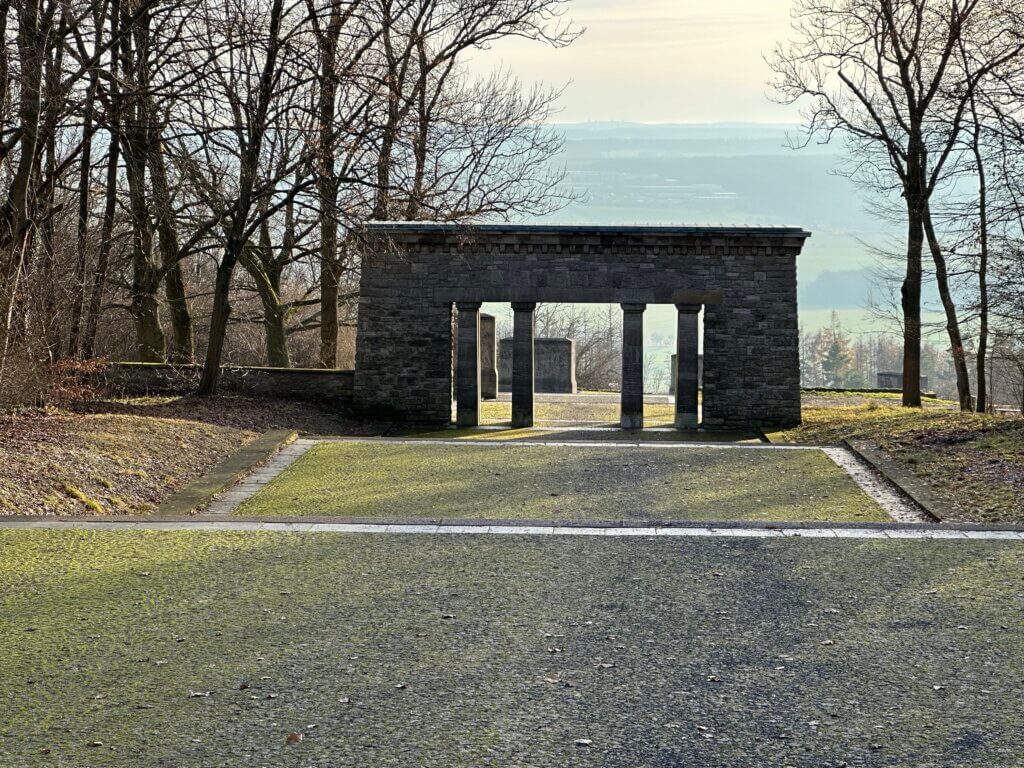
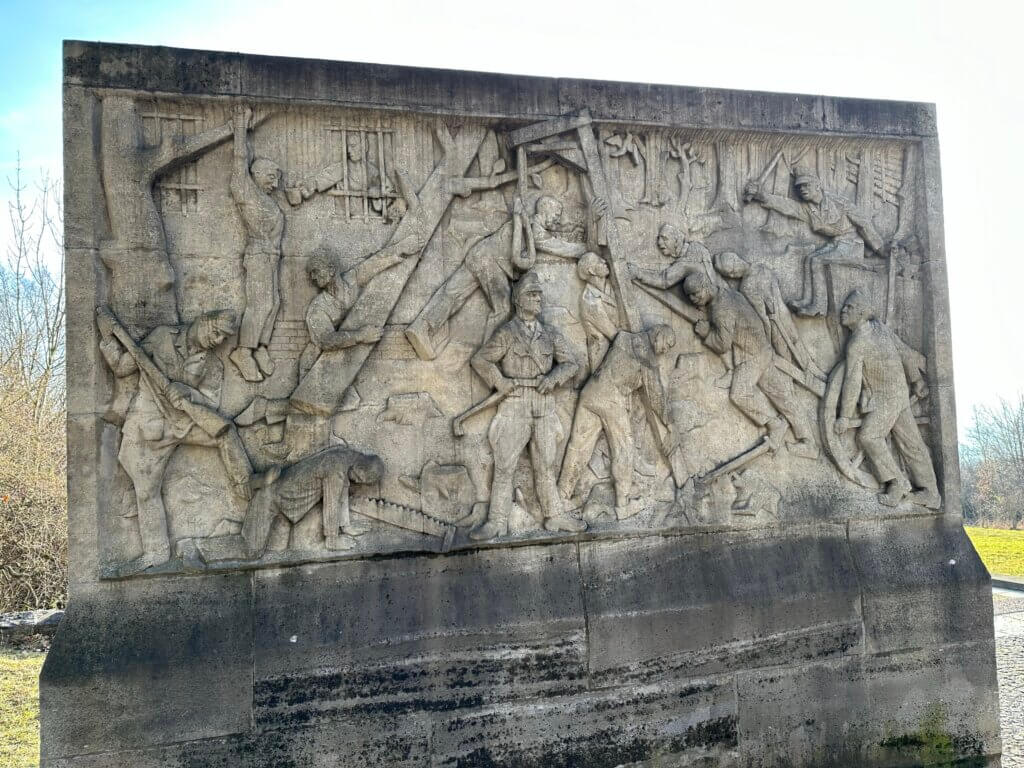
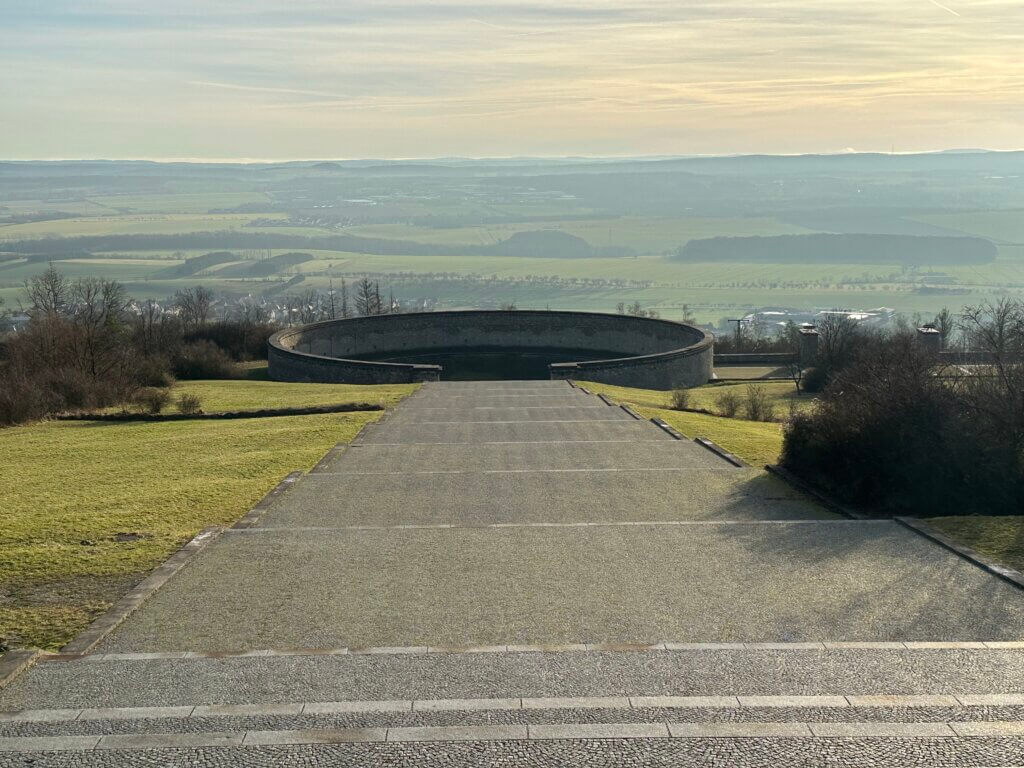
Visitors started at a stone gate west of the tower. From there they take stairs down the hill, next to them are seven stone steles that explain the history of the concentration camp from creation to liberation (‘Stelenweg‘). At the lower end you’ll find the ‘street of nations’ that connects three circular mass graves with the ashes of the victims. Next to the ‘street’ 18 fire pits on stone steles are standing; they have been illuminated at larger celebrations. At the end of it stairs bring you up again, from the darkness of fascism to the light.
When reaching the upper end of the stairs you’ll be facing the bell tower and the monument with liberated inmates, swearing the Oath of Buchenwald. A round course planned in absolute detail and surprisingly copying concepts of Christianity like the ‘Stelenweg‘ being some ‘Way of the Cross‘ and the idea of resurrection behind the stairs leading down and up. What I really like about the monument is that it creates visibility: the concentration camp was hidden on the reverse side of the Ettersberg. Now the Glockenturm can be seen from everywhere at Weimar and the inmates depicted at the memorial look out into the world, into freedom.
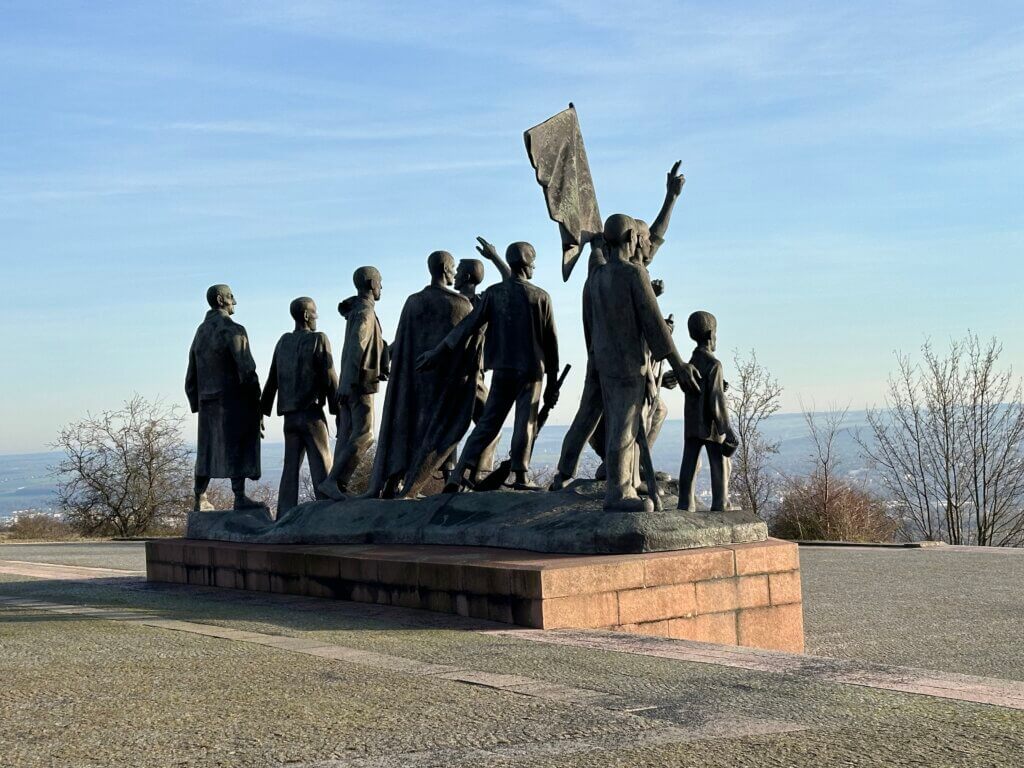
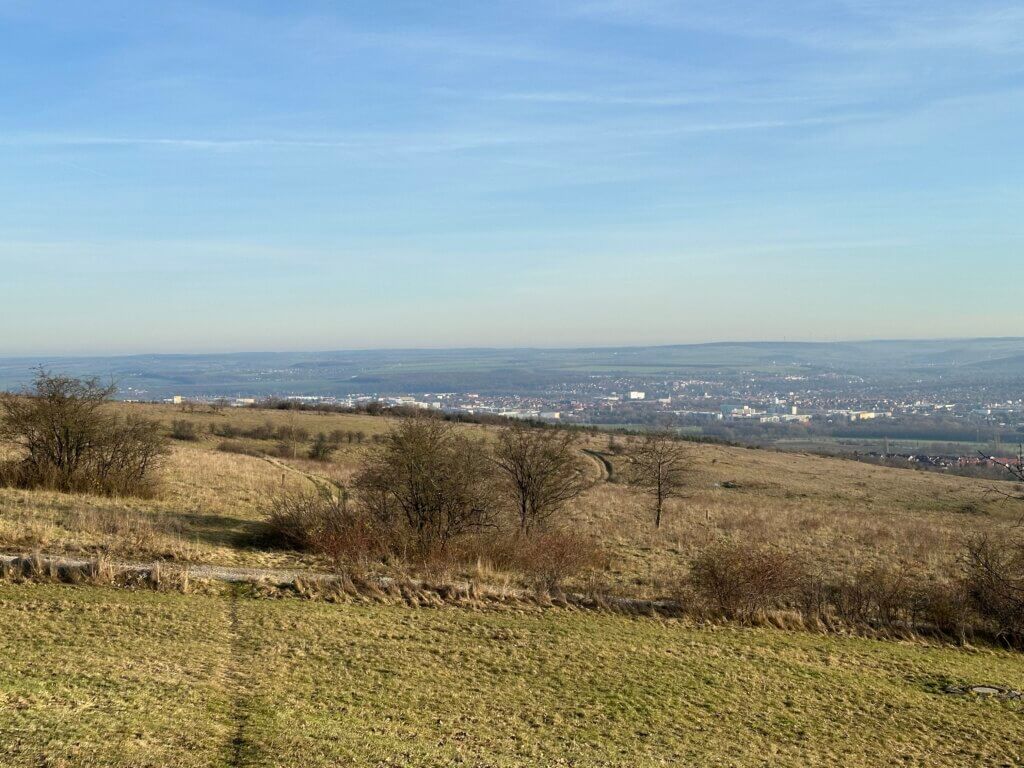
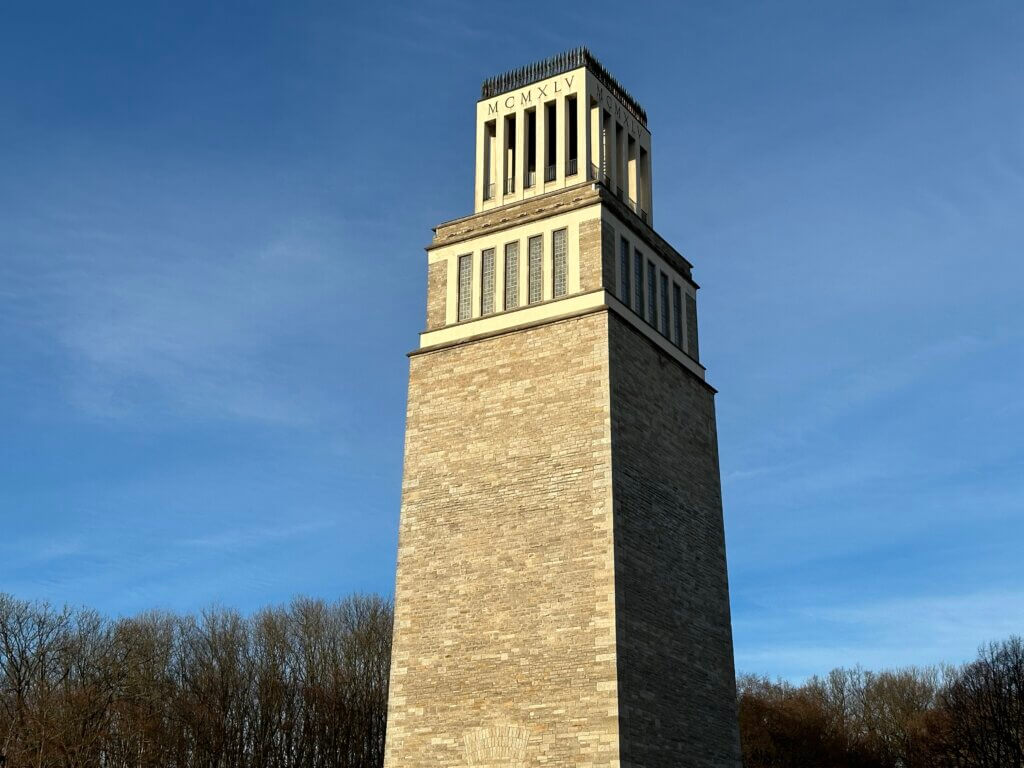
Visiting the former concentration camp and the Buchenwald memorial is easily possible by public transport, at least at weekends: bus line 4 starts at the railway station of Weimar and passes around the Ettersberg mountain with stops at the Glockenturm, the concentration camp and the Schloss Ettersburg (a UNESCO world heritage site). And in my opinion many more people should visit the former KZ Buchenwald to see with their own eyes what fascism leads to. Buchenwald now belongs to the federal state of Thuringia in which currently 34 % of inhabitants intend to vote for a fascist party. Did we not learn from our past?
Buchenwald Memorial / Gedenkstätte Buchenwald
Buchenwald
Weimar
Germany
Loading map...

